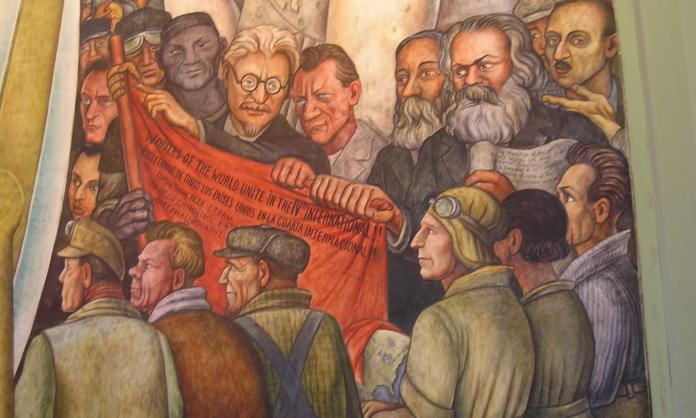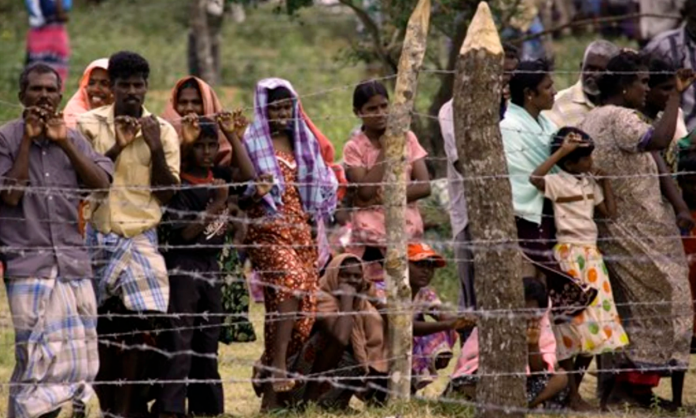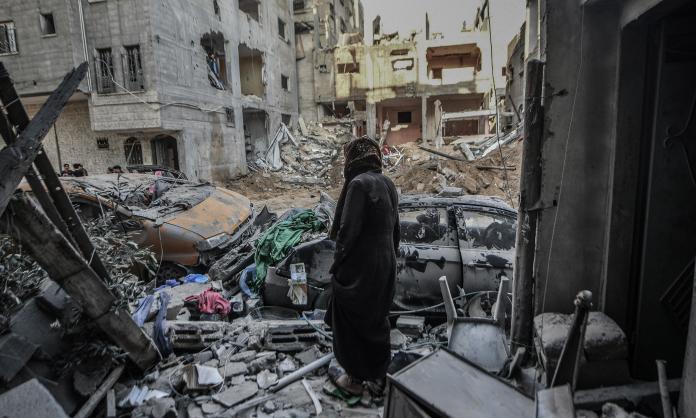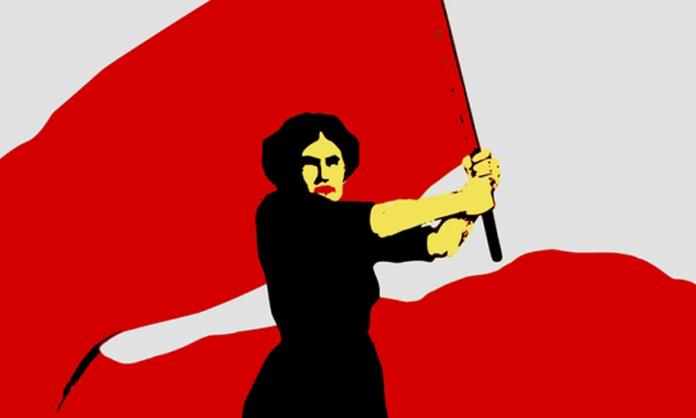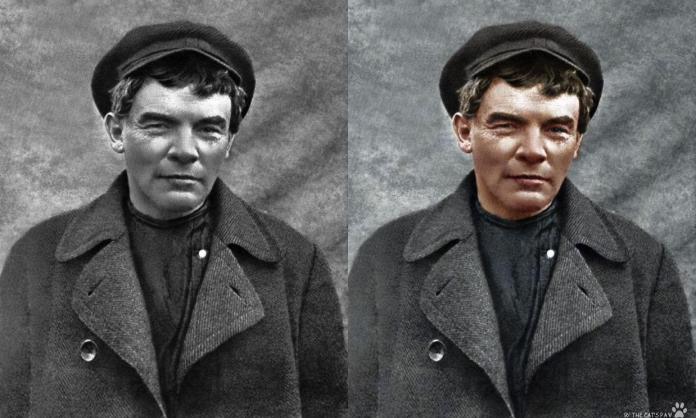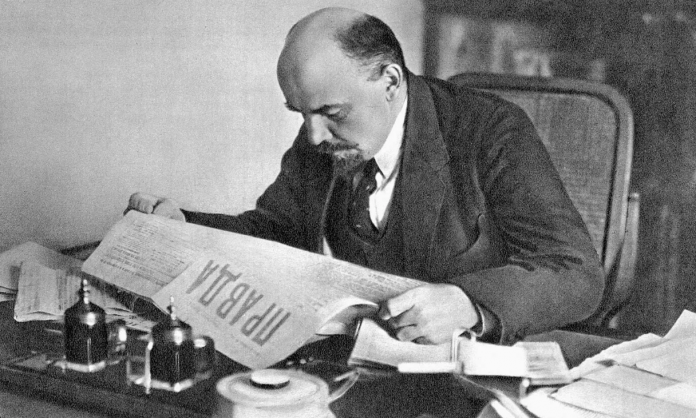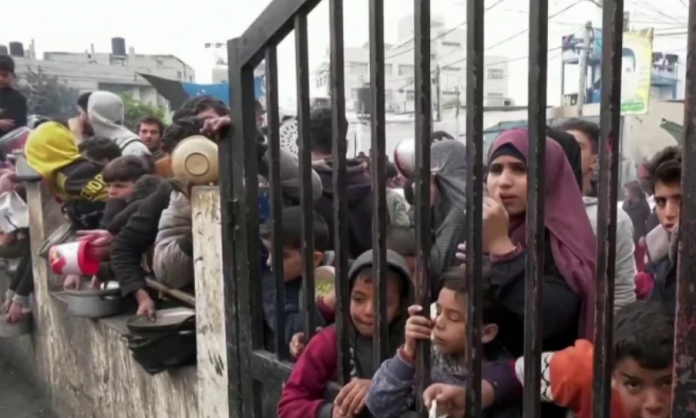Trotsky began outlining his theory of permanent revolution from a prison cell while awaiting trial for his participation in the 1905 revolution. In that upheaval, he had been elected chair of the Saint Petersburg Soviet, a radical workers’ government that had coordinated waves of mass strikes, armed workers in their thousands and levelled demands against the ruling monarchy.
The movement was initially supported by some of Russia’s capitalists, who had been searching for a means to pressure the tsar (king) into handing them more power. But the sight of armed workers terrified the capitalist class, which quickly rallied to the monarch. Abandoned and left fighting alone, by the end of 1905 the working class was defeated.
The failure of the 1905 revolution intensified a series of debates among socialists. Could capitalists who gave verbal support for democratic reforms be relied on as allies in the struggle? Had the workers’ movement failed because it was too radical, or because it didn’t go far enough? Would the fight for socialism have to be postponed for the indefinite future? Trotsky, reflecting on the revolution in his soon-to-be published Results and Prospects, was grappling with these questions.
Until the publication of Trotsky’s essay, most Marxists took it for granted that socialist revolution was off the table in Russia. They believed that the country simply didn’t meet the prerequisites for socialism: an advanced economy capable of meeting human need, and a large working class capable of taking control of society.
The immediate goal, then, was a “bourgeois democratic” revolution, which would establish a republic and sweep away all the remnants of feudalism that acted as a barrier to capitalist development. Only then, after a long period of economic growth, would the working class be able to challenge the capitalists for power.
The fundamental question that divided the main socialist organisation in Russia, the Social Democratic Labour Party, was which class would lead the struggle for a democratic republic.
The Mensheviks, the moderate faction, argued that the coming revolution would be a restaging of the French Revolution of 1789. Just as in France, the Russian capitalists would play the leading role. The Menshevik leader Julius Martov wrote at the beginning of 1905: “Sober political calculation will prompt our bourgeois democracy to act in the same way in which, in the past century, bourgeois democracy acted in Western Europe”. The main task for the workers’ movement was to exert pressure on the progressive capitalists and give them backbone in their fight against tsarism.
The Bolsheviks, led by Vladimir Lenin, drew on the experience of 1905 to prove that the capitalist class was incapable of leading the fight for democracy. Because the bourgeoisie in Russia was already confronted by a powerful and assertive workers’ movement, it was terrified of revolution. Any mass struggle involving workers could become a challenge not only to tsarism, but to the capitalists as well—they relied on the repressive tsarist state as a weapon against workers, and would not overthrow it.
“Nowhere else in the world, probably, has the bourgeoisie revealed in the bourgeois revolution such reactionary brutality, such a close alliance with the old regime”, Lenin wrote in the aftermath of the revolution’s defeat.
The working class, on the other hand, had no such ties binding it to the tsarist state. In fact, workers’ experience of class conflict pushed them towards the leadership of the democratic revolution. Every strike that was broken by the tsar’s police, every union activist who was arrested and exiled, impressed upon workers the need to fight for political freedom as part of the class struggle. The working class had both the interest and the power to overthrow the monarchy.
In this debate, Trotsky stood firmly alongside the Bolsheviks. His experience in the revolution left him indelibly marked by the power and political brilliance of the Russian working class. Precisely because of his proximity to the struggle in 1905, Trotsky was able to grasp the quantum leap that workers in Russia were slowly preparing themselves to make—beyond the bourgeois revolution and into the unknown.
Results and Prospects was the summation of Trotsky’s insights into the potential of the Russian workers’ movement. He began the essay with an explanation of the nature of Russian society. Capitalism in Russia developed late, lagging behind more advanced countries such as England and Germany—but it didn’t simply replicate the path of its predecessors. Under the compulsion of economic and military pressure from its rivals, the Russian ruling class imported the most advanced factory machinery and productive techniques. The uneven development of world capitalism led to a society with a tension at its core.
“The most concentrated industry in Europe based on the most backward agriculture in Europe”, Trotsky wrote. “The most colossal state apparatus in the world making use of every achievement of modern technological progress to retard the historical progress of its own country.”
Most importantly, it created a highly concentrated and socially powerful urban working class. For instance, the Putilov factory was the largest in the world at the time, employing 30,000 workers. On the other hand, the Russian capitalist class was small and socially weak, dependent on the state that had fostered its growth.
Trotsky’s analysis of Russian capitalism reinforced the Bolsheviks’ argument that only the working class was capable of smashing tsarism. He ridiculed the Menshevik formula that the Russian capitalist class was destined to follow its French predecessors. But he also challenged the Bolsheviks’ claim that, having taken power, workers would stop halfway and limit themselves to the establishment of a capitalist state. As he put it: “The political domination of the working class is incompatible with its economic enslavement”.
To divide the revolution into a series of “stages” and postpone the fight for socialism, as both the Mensheviks and Bolsheviks did to different degrees, was senseless. Trotsky argued that workers would be compelled, in fighting for their own interests, to start challenging the property and power of the capitalist class and begin the process of establishing socialism, making the revolution permanent.
Trotsky introduced revolutionaries to a different way of thinking about the possibilities for social transformation—not by studying raw economic statistics, but by studying the balance of class forces. The prerequisite for workers’ power wasn’t a particular level of industrial development, but the strength, organisation and political consciousness of the working class.
But socialism couldn’t be achieved within the borders of Russia alone. Its underdeveloped economy (most Russians were still peasants) could not provide a decent standard of living to the vast population if left isolated from the rest of the world. Moreover, a workers’ revolution in one country would face the might of world imperialism as the capitalists in other countries tried to restore bourgeois order in Russia out of fear that the revolution would spread. The workers’ movement could begin the fight for socialism in Russia, but to complete it:
“It will have no alternative but to link the fate of its political rule, and, hence, the fate of the whole Russian revolution, with the fate of the socialist revolution in Europe ... With state power in its hands, with counter-revolution behind it and European reaction in front of it, it will send forth to its comrades the world over the old rallying cry, which this time will be a call for the last attack: Workers of all countries, unite!”
The 1917 revolution vindicated Trotsky’s analysis. In February, mass strikes and demonstrations of workers and soldiers brought down the tsar. In his place, two new powers emerged: the soviets (a workers’ government) and a provisional government (made up largely of capitalists and landlords). The Mensheviks, following their political analysis to its conclusion, urged support for the provisional government.
The Bolsheviks were initially confused about this new situation. Their conception of the revolution as “bourgeois democratic” pulled them toward conciliation with the provisional government. Their ardent support for working-class struggle pulled them toward the soviets.
The situation was clarified only when Lenin returned from exile in April and declared unequivocally for a working-class seizure of power. Lenin was arguing for Trotsky’s theory of permanent revolution. This was crucial. Trotsky had the right ideas, but no organisation that could carry them out—he had joined the Bolsheviks only in August 1917.
This argument soon gained a mass hearing, as workers learned that the capitalists were incapable of fulfilling their demands. One Petrograd worker explained in Albert Rhys Williams’ eyewitness account Through the Revolution:
“Has Kerensky [the leader of the provisional government] given us more to eat than the tsar? ... All night long we wait in the lines for shoes and bread and meat, while, like fools, we write ‘Liberty’ on our banners. The only liberty we have is the same old liberty to slave and starve.”
Under the leadership of the Bolshevik party, now with Trotsky in tow, the Russian working class overthrew the capitalists and landlords in October, declaring their intention to begin the socialist transformation of society.
But the October Revolution was only the beginning of the struggle. Trotsky addressed a meeting of workers’ councils on the eve of the insurrection and explained that their future depended on the revolution spreading.
The Russian Revolution sparked a series of revolutions across Europe, but in no other country was the revolutionary left organised enough to lead workers to power. Isolated and starved, the Russian working class lost control of society. The democratic institutions that they had created collapsed and were replaced by a monstrous bureaucracy led by Stalin, who reversed all the victories won by workers. Trotsky’s theory was vindicated again, this time in the form of a brutal defeat.
Trotsky’s perspective reminds us that struggles around seemingly modest political demands can teach workers about the extent of their own power, about the real interests of their rulers and about the need for thoroughgoing revolutionary change. Trotsky once wrote that permanent revolution begins with “a far-reaching and burning problem ‘for the people’... which demands for its solution the boldest revolutionary measures”.
Today, across the global South, it is easy to see Trotsky’s words in the struggles that have emerged for democracy from Myanmar to Sudan. These movements show both the possibility and necessity of fighting for a politics based on uncompromising working-class struggle and internationalism.




